Pelling, according to me, can be described as the ‘Soul of Sikkim’. The sleepy little town, surrounded by thick alpine vegetation, and numerous waterfalls, possesses a certain charm that gives it its own unique identity. The mighty Kanchenjunga, in close vicinity, keeps a constant vigil on the town, as if guarding it from monsters and evil spirits.
But, Pelling is much more than Kanchenjunga. There are numerous facets to the town in general, and the entire region as a whole. The area is a part of the Buddhist religious pilgrimage circuit that involves the Pemayangtse monastery, Khecheopalri lake, Rabdentse ruins, Tashiding monastery, Dubdi monaster (Yuksom) and the Sanga Choeling monastery.
Besides the spiritual connectivity, Pelling has lots in store for the adventure aficionado too. It serves as a base for numerous treks, the most famous being the ‘Dzongri/Goecha La trek’.
When I think of Pelling, I think of smiling faces, school boys and girls playing football, long walks with nobody but the chirping birds to accompany you; along with a sight of a Buddhist monk or of a trekker trying to make a move forward.
From a regular tourist point of a view, there’s no dearth of options. These are the 5 places, which I think, should be on the topmost priority list of someone who’s out there to be face to face with the town’s and the region’s main attractions:
- Pemayangtse Monastery
It is one of the most well known monasteries in Sikkim. Built in the 17th century, it also happens to be one of the oldest in the state.
The monastery’s monks are generally chosen from the Bhutia community, who are supposed to be of Tibetan ancestry. Such is the stature of the monastery that its head monk had the unique authority of anointing the Chogyals of the Sikkim monarchy with holy water.
Only the monks of the Pemayangtse monastery are conferred the title ‘ta-tshang’, that means ‘pure monks’..
- Khecheopalri Lake (34kms)
This heavenly lake, believed to be a wish fulfilling lake, is revered both by Hindus and Buddhists. Serene, yet striking, you have to be at one of its corner to feel the divinity.
It is said that the birds keep a close watch on the lake so that no leaves float on the holy waters. (I couldn’t spot even one leaf myself)!!!!
Many legends are associated with the lake..Some believe that Guru Padmasambhav preached to 64 yoginis here, while many believe it to be a footprint of Lord Shiva.
- Rabdentse Ruins
Now in ruins, Rabdentse used to be the second capital of the Kingdom of Sikkim from 1670-1814. Destroyed by the Gurkha army, only few structures remain in the compound, that provide a hint as to what might and grace the place would have held in its heydays. It has been declared as a monument of national importance by the Archaeological Survey of India.
A short trek has to be made from the parking to the compound. It cuts through a dense forest, making the journey a truly enjoyable one..
- Kanchenjunga Falls (28kms)
It falls en route Yuksom. The road side falls are definitely are definitely worth a visit. They are not that huge, but grander than the Rimbi falls, which you will pass by before reaching here.
As the name suggests, the falls have nothing to do with Kanchenjunga. May be its the proximity to the peak which has helped it derive its name..
There’s a small snack counter on a corner. A packet of chips with a hot cup of tea would definitely go a long way in uplifting the overall experience.
- Singshore Bridge (25kms)
With a tag of being the second highest suspension bridge in all of Asia, the Singshore Bridge is one of the landmarks of Sikkim. At a height of apprx 100 meters, the bridge is constructed by connecting two deep gorges. The downward view is enough to give goosebumps. You can also view numerous waterfalls all around, that present a picture perfect scenery.
***——***—–***——-***——-

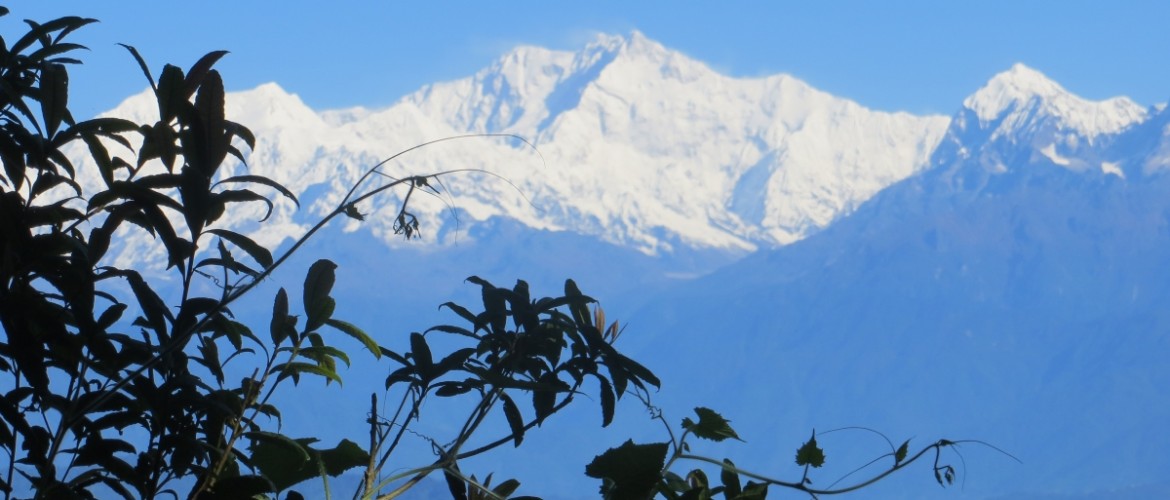

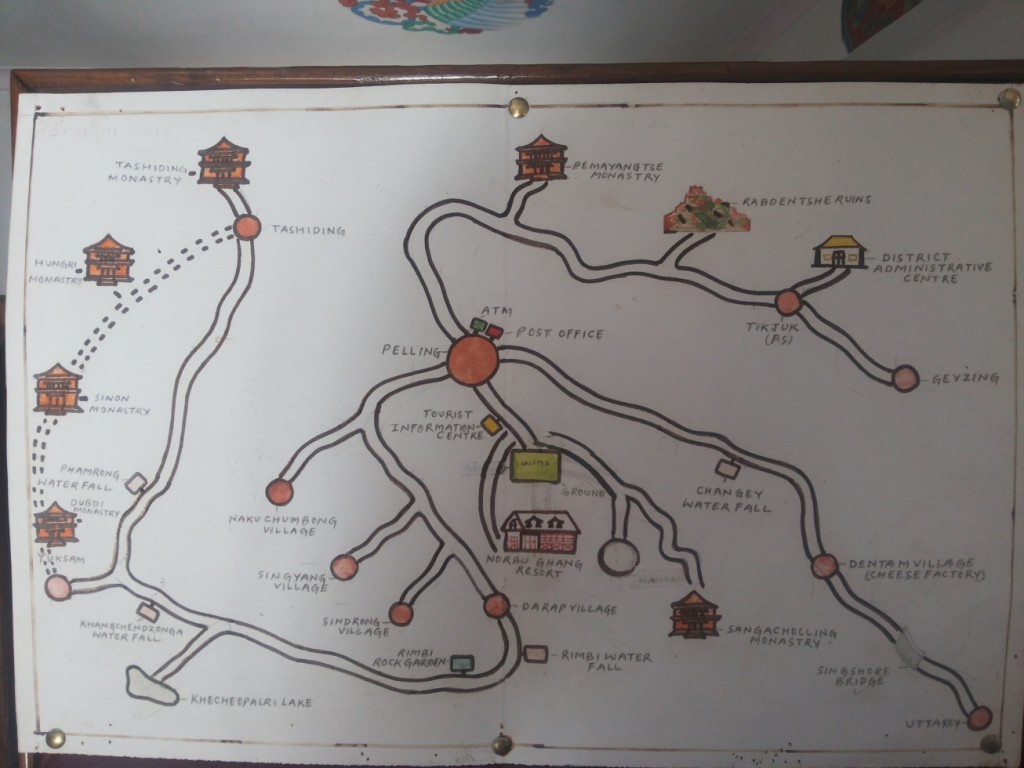
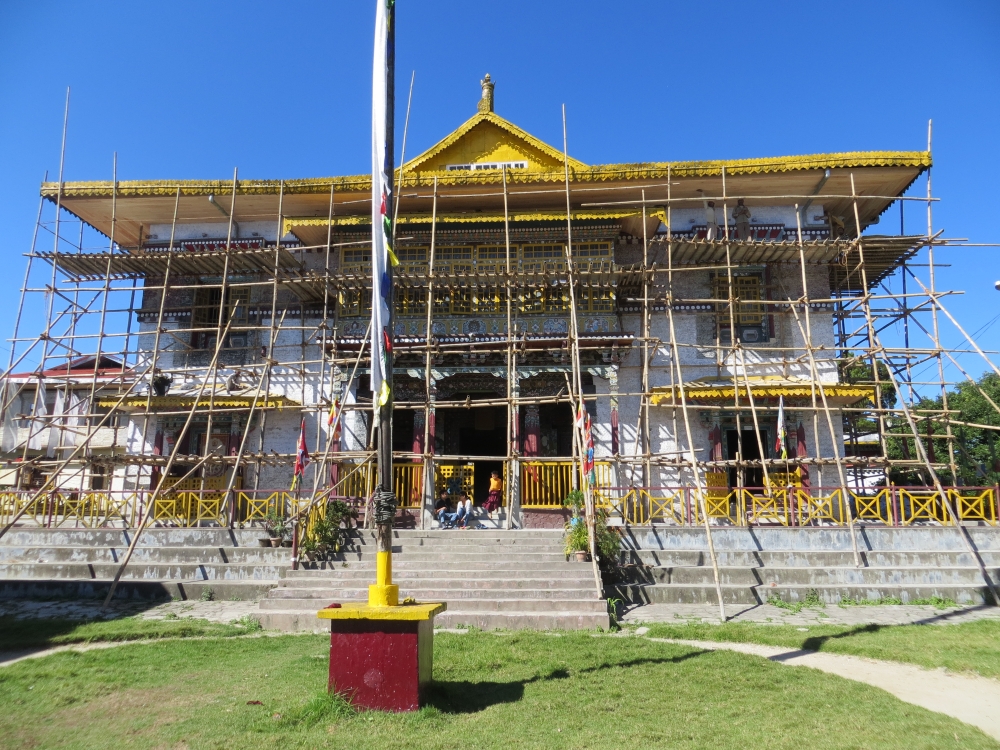
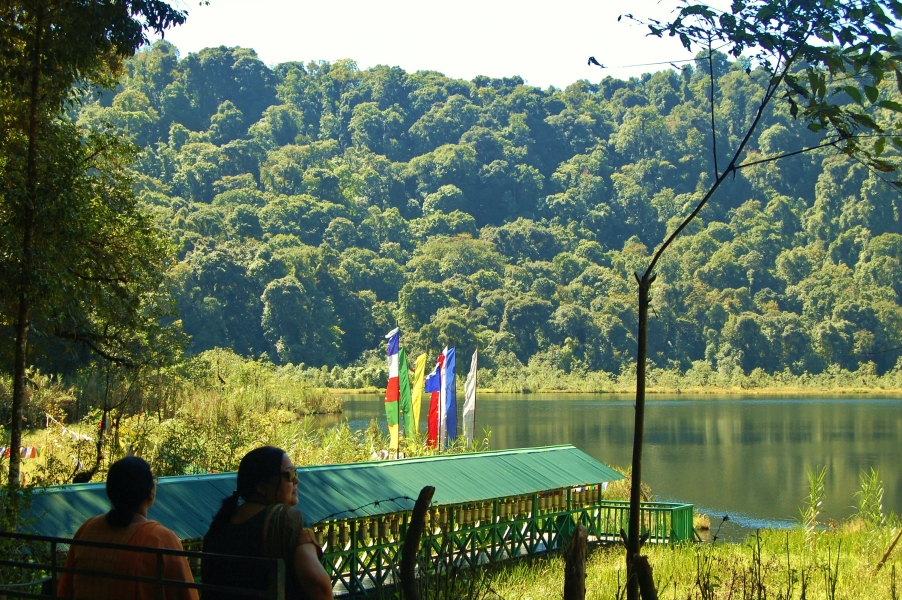
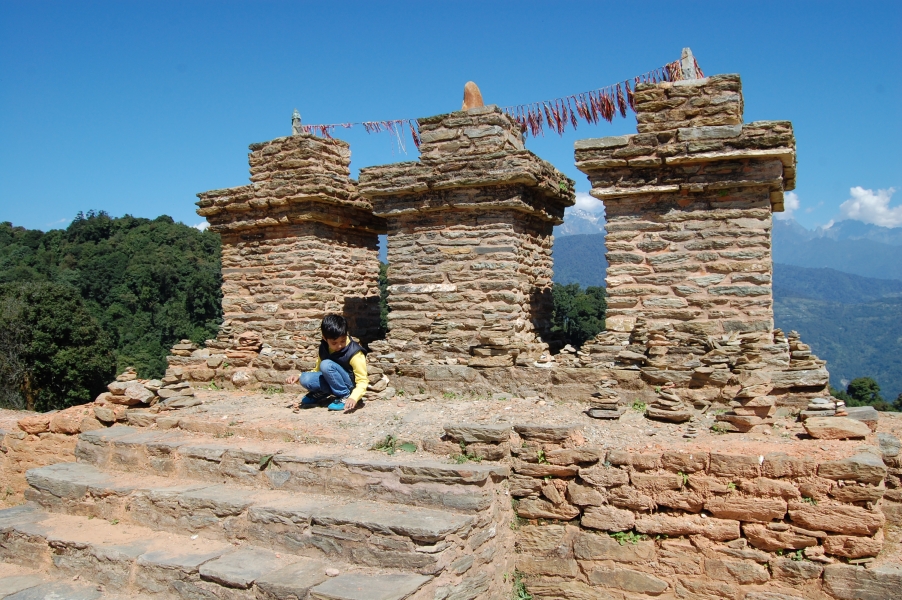

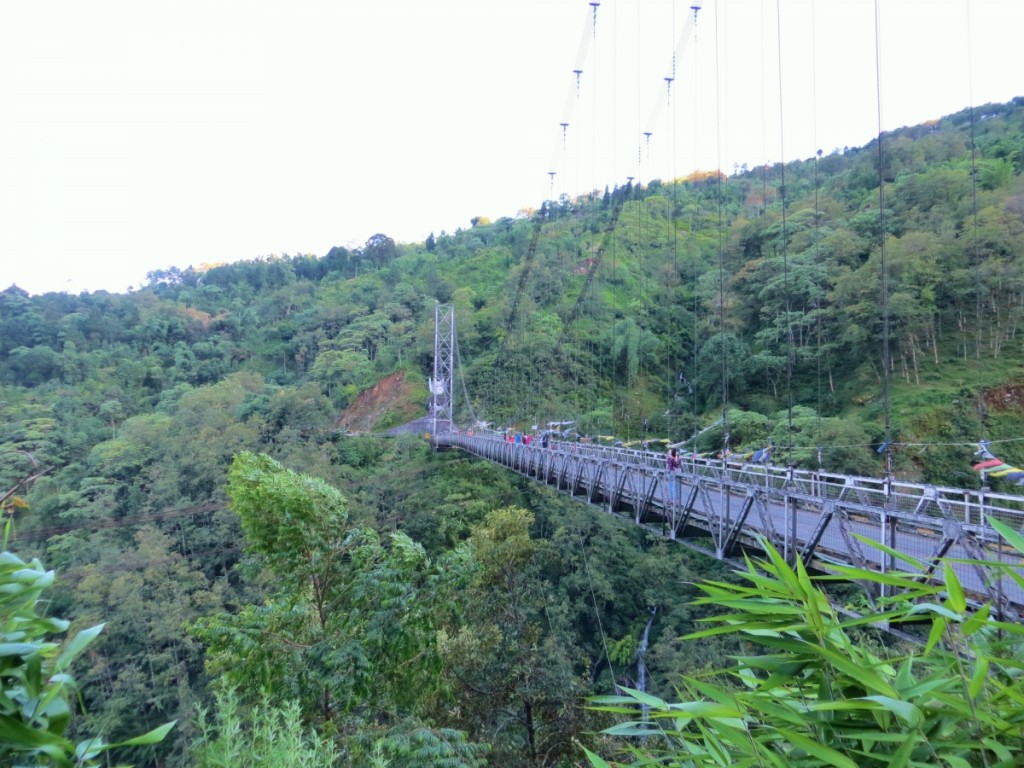
Have been here. A sleepy n beautiful place it is..